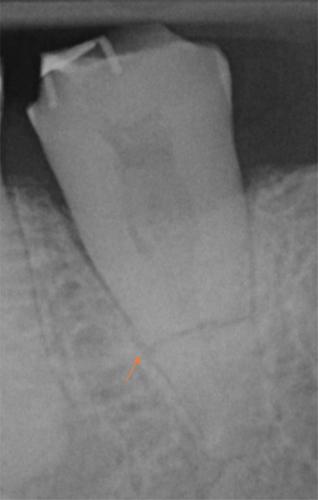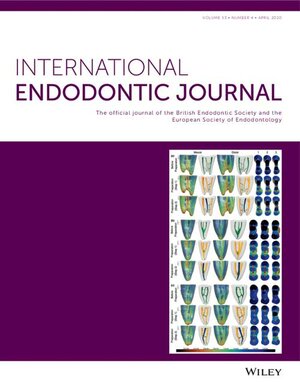Endodontic sequelae associated with repetitive impacts to the dentofacial region during boxing activities
Abstract
Aim
To explore self-reported dentofacial trauma and their potential endodontic sequelae in boxers using a questionnaire, followed by clinical and radiographic assessment to (1) compare the nature and number of self-reported dentofacial injuries with physical evidence of injury sequelae; and (2) investigate potential risk factors influencing dentofacial trauma and their endodontic sequelae.
Methodology
A focus group validated questionnaire was completed by 176 boxers recruited from 16 London boxing clubs; 61 boxers from this cohort then attended a London dental hospital, for a clinical and radiographic assessment. Data from the questionnaire and clinical assessments were then collated and analysed using Chi-squared or t-tests.
Results
Questionnaire data revealed 87.5% of boxers reported a history of dentofacial trauma during boxing activity. The clinical and radiographic assessment detected evidence of dentofacial trauma in 91.8% of boxers and dental injury or endodontic-related injury sequelae in 68.9% of boxers. There was a significant association between dentofacial trauma and boxers who did not participate in weekly neck weight sessions (p < .001), and there was a significant association between trauma-related endodontic sequelae and: boxer age (p = .01); competitions per month (p = .002); and defensive skill (p = .007).
Conclusions
A majority of the cohort had suffered dentofacial injuries and endodontic sequelae. The questionnaire data under-reported musculoskeletal injuries and endodontic sequelae, suggesting that some hard-tissue injuries following repetitive dentofacial trauma may have a subclinical presentation. Injury risk may be related to increased boxer age, defensive skills, frequency of participation in competitions, and frequency of neck weight sessions per week.


 求助内容:
求助内容: 应助结果提醒方式:
应助结果提醒方式:


